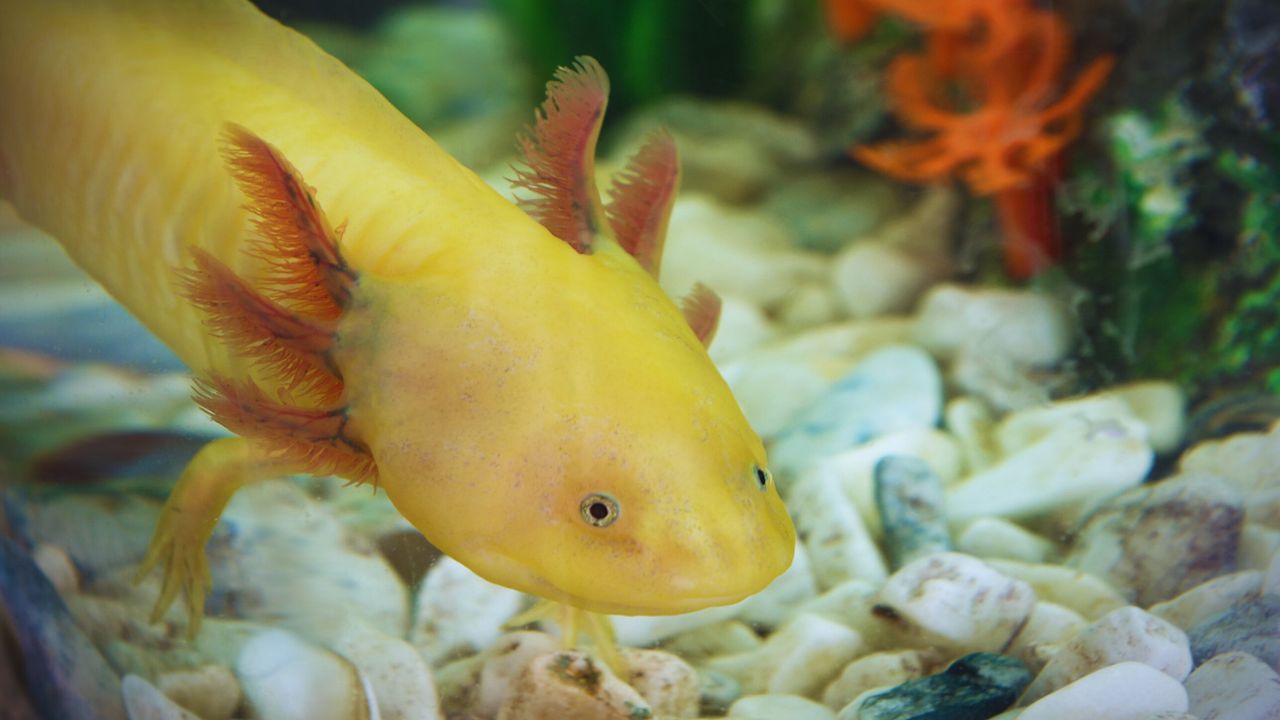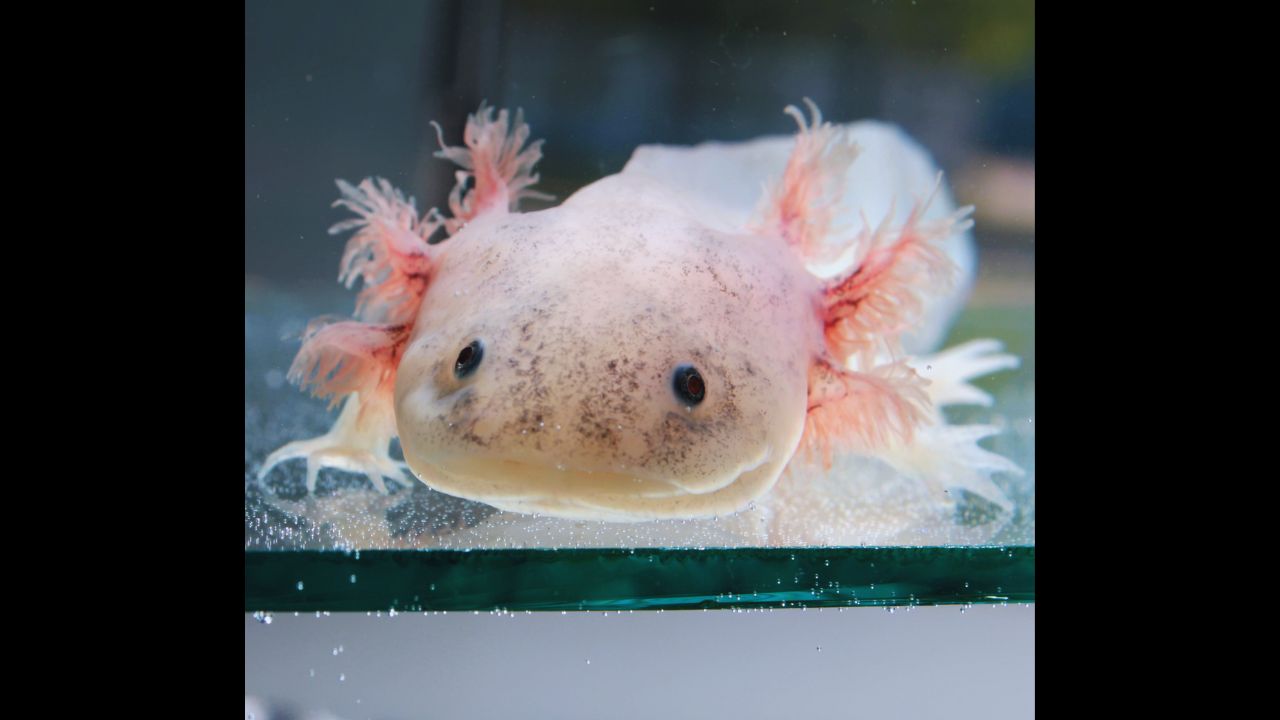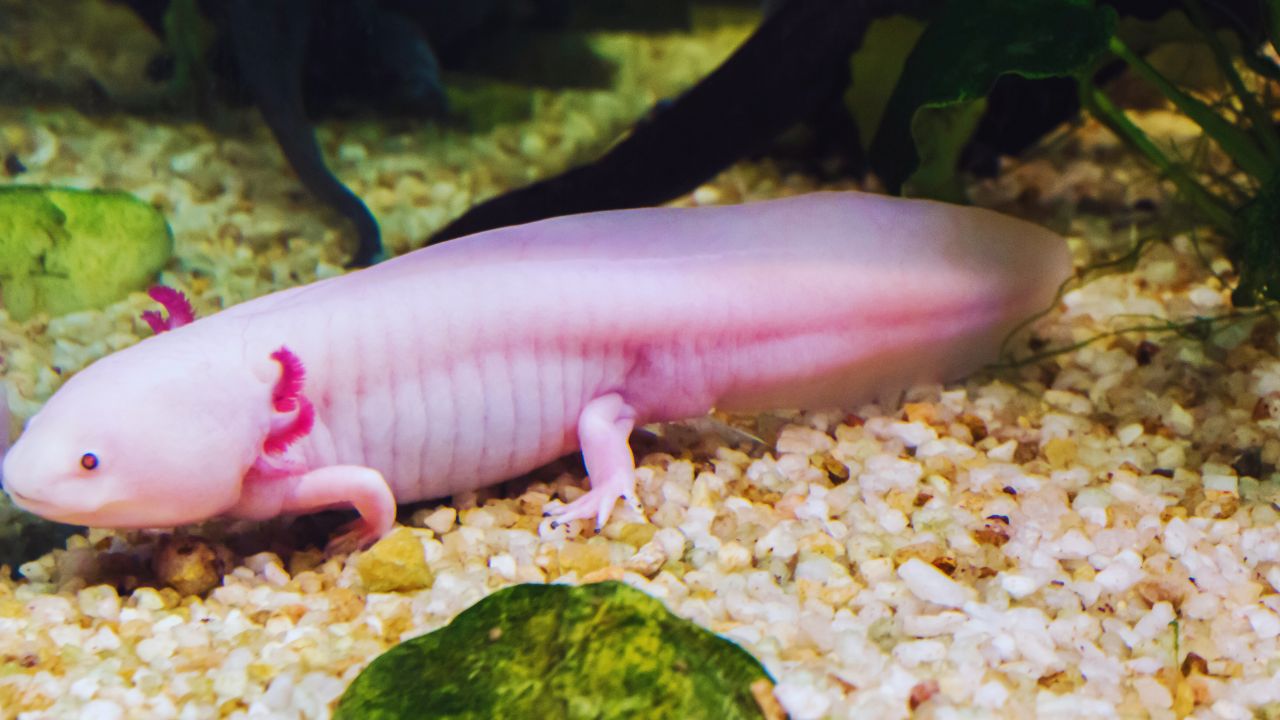Axolotl Lifespan
Axolotls are a remarkable type of salamander that spends their whole lives in aquatic habitats. They are frequently recognized for their stunning appearance and unusual developmental qualities. These amazing animals, which are native to the lakes around Mexico City, serve as a sobering reminder of the delicate balance that exists within our natural ecosystems. The axolotl has become a popular exotic pet due to the declining numbers of these animals in the wild. We will dive into the lifetime of axolotls, compare their longevity in the wild against captivity, analyze their developmental phases, and look at the main reasons of death for these amphibians in this extensive guide. We will also examine how long they live in comparison to other salamander species.

Axolotl Lifespan Comparison
| Aspect | Captivity | Wild |
|---|---|---|
| Typical Lifespan | 10-15 years | 5-10 years |
| Maximum Lifespan | Over 20 years with optimal care | Generally shorter due to threats |
| Factors Affecting Lifespan | Controlled environment, absence of natural predators, proper care | Predation, pollution, and habitat loss |
Wild vs. Captive Environment
In Captivity: When housed in captivity, axolotls normally live 10 to 15 years. But if they get the best care possible, they can live longer than 20 years. The lack of natural predators and the capacity to properly treat health issues are major factors in the longer lifespans seen in controlled habitats. Numerous axolotls kept in captivity flourish when their committed owners provide them a good home and nutritious food.
In the Wild: Axolotls encounter many difficulties in their natural environments that drastically reduce their life expectancy. They typically have a lifespan of five to ten years in the wild. There are a number of reasons why axolotls in captivity have shorter lives than those in the wild, such as environmental hazards and restricted access to healthcare.

Variables Affecting Lifespan
challenges in the Wild: Axolotls’ very short lifetime is a result of the several challenges they confront in their natural environment. Axolotls are very susceptible to a range of predators due to their sluggish movement and lack of defense features like teeth or claws. The danger to axolotls has also been made worse by alien species that have been brought to their natural lakes.
Additionally, pollution is a major factor in their declining population. Axolotls are endemic to the lakes around Mexico City, but these lakes have been severely polluted, resulting in substantial habitat damage. Axolotls faced extinction in the wild by 2010 as a result of these environmental stresses. Pollution continues to pose a serious danger to their existence in spite of conservation efforts.
Difficulties in Captivity: Although it offers a regulated setting, being in captivity has its share of difficulties. Because it’s a prevalent misunderstanding that aquatic creatures are simple to keep, many axolotls get subpar care. Axolotls are often bought on the spur of the moment or as kid pets, which results in poor maintenance. Maintaining temperate water temperatures, making sure the tank is properly filtered, and offering an appropriate substrate are all crucial components of their maintenance. In the absence of these prerequisites, axolotls may have health issues that shorten their life span.

The Lifecycle and Development of Axolotls
Axolotls are significantly different from other amphibians in that they have an interesting life cycle. Their ability to maintain larval characteristics throughout their lives is attributed to a characteristic known as neoteny. Here’s a thorough examination of their growth:
Stage of Eggs: During the breeding season, which usually lasts from December to June, female axelotls lay eggs, which mark the beginning of their life cycle. During a reproductive season, a single female may deposit up to 1,000 eggs. During their early stages of development, these eggs are originally protected by a jelly-like material.
Larval Stage: Baby axolotls are translucent and have no legs when they hatch. They go through this larval stage until they are around six months old. They develop their limbs and other traits needed for their aquatic existence during this fast growth stage.
Stage of Juvenile: Axolotls become sexually mature and able to reproduce at the age of six months. They are still regarded as adolescents at this point and are starting to display the traits of adult axolotls.
Adult Stage: At one year of life, axolotls are considered fully developed. Throughout their life, they retain their larval characteristics, including as their fin-like tail and external gills. Unlike the majority of other salamanders that go through metamorphosis, this particular feature enables them to stay completely aquatic.

| Stage | Description | Duration/Details |
|---|---|---|
| Egg Stage | Eggs are laid in a jelly-like substance. | Up to 1,000 eggs per season hatch into larvae |
| Larval Stage | Transparent larvae with no legs develop limbs over time. | Lasts until about 6 months of age |
| Juvenile Stage | Reach sexual maturity and can breed. | It starts around 6 months of age |
| Adult Stage | Fully grown, retaining larval features throughout life. | Considered fully grown at 1 year old |
Typical Reasons for Axolotl’s Death
Predation: Axolotls are susceptible to a variety of predators in their native environments. Because they lack protective characteristics, bigger water predators and birds find them easy prey. Furthermore endangering their prospects of surviving in the wild are invasive species.
contamination: One major problem that axolotls face is environmental contamination. Their original lakes near Mexico City have been contaminated, which has resulted in habitat loss and elevated them to endangered status. Toxins and infections are introduced into their surroundings by water pollution, which has an effect on their health.
Health Concerns: Axolotls are susceptible to a number of illnesses, including as tumors, bacterial infections, fungal diseases, fluid accumulation, and parasite infestations. Due to inbreeding, there is insufficient genetic variety, which exacerbates many of these issues. Health problems in captivity may also result from improper tank maintenance, such as insufficient filtration or contaminated water.
Inadequate Care: Axolotls in captivity need special attention in order to survive. Keeping cool water temperatures, having a big tank, and making sure the substrate is appropriate are all crucial components. They shouldn’t be touched too often since human contact may harm their slime layer of protection. A tight cover is also necessary for the protection of axolotls, since they have been known to escape from open tanks.

| Cause | Description | Impact on Lifespan |
|---|---|---|
| Predation | Axolotls are slow-moving and lack defensive adaptations, making them vulnerable to predators. | Significant threats in the wild |
| Pollution | Contamination of their native lakes contributes to habitat degradation and health issues. | Major factor in wild population decline |
| Health Problems | Susceptible to fluid buildup, tumors, bacterial and fungal infections, and parasites. | Affected by inbreeding and poor care |
| Poor Care | Inadequate tank conditions, improper handling, and lack of proper maintenance can lead to health issues. | Affects lifespan in captivity |
Comparing Salamanders with Others
It is clear that axolotls have a comparatively short lifetime when compared to other salamander species. One of the longest-living salamanders, the Japanese giant salamander, has been known to live up to 52 years in captivity. Despite speculation in the media that Chinese giant salamanders might live up to 200 years, there is little data to support these assertions, and it is still unknown how long they will live.

The tiger salamander and the spotted salamander are more akin to the axolotl. While the spotted salamander may live up to 20 years old, the tiger salamander typically only lives 10 to 16 years. These contrasts draw attention to how short the axolotl’s lifetime is in relation to salamander longevity in general.





